I have been teaching undergraduate computational physics for more than a decade in my university. Adopting Python as our programming language has really helped because of its unique qualities which made it easily accessible and easy to teach/learn. However, providing enough computing devices to the increasing number of students has been a serious challenge. This is even more frustrating when one require to involve online classroom submission/evaluation of assignments. I have overcome this challenge by adopting QPython in smartphones which are rapidly penetrating Africa. With a built in math library and possibility to install Numpy, QPython in smartphones has made the teaching/learning to more students simplier especially as they can now engage in learning programming anywhere, anytime and anyhow. The success made me extend it to one of our current projects under the Python African Computational Science and Engineering Tour (PACSETPro) on teaching Python to students, new beginners as well as expert programmers in science and engineering (S & E).
Accepted Talks:
Using QPython in smartphones as mobile computational laboratory anywhere, anytime and anyhow
The remarkably continuous penetration of smartphones into Africa and the availability of the free and open source Python programming capabilities as QPython (QP) in smartphones meets the accessibility requirement to make them mobile computational laboratory (MCL). We present here one of our current projects under the Python African Computational Science and Engineering Tour Project (PACSETPro) of using QP as MCL for teaching programming and development of smartphone Apps to students, new beginners as well as expert programmers anywhere, anytime and anyhow.












